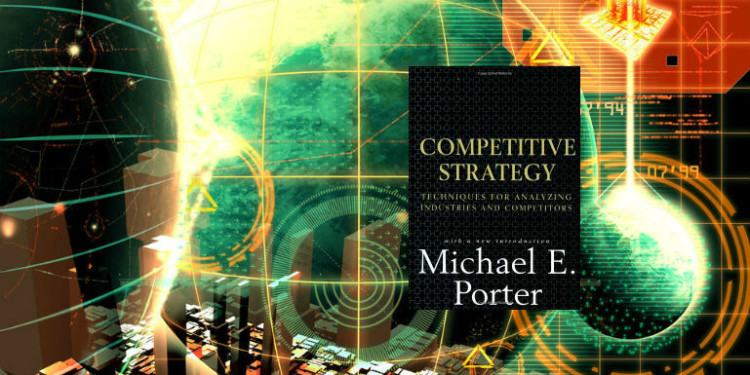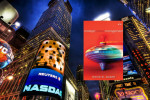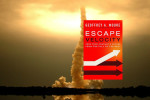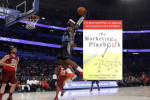The Five Forces that Shape Strategy

Competitive Strategy: Techniques for Analyzing Industries and Competitors by Michael Porter
In Competitive Strategy, Michael Porter describes the famous “five forces” model which is taught in business schools far and wide. The five forces are key to the analysis of industries for the purposes of selecting a winning strategy relative to competitors and environment.
Michael Porter’s Five Forces
The five forces that drive industry competition are: 1) threat of new entrants; 2) threat of substitute products; 3) bargaining power of buyers; 4) bargaining power of suppliers; and 5) rivalry among existing firms. Porter writes that these forces define the underlying structure of an industry and are not the same as short-term factors such as changes in economic conditions, which may also affect an industry.
The Five Forces model is a way of analyzing an industry for the purpose of selecting a strategy and positioning a company relative to its competitors. Changes in the configuration and strength of the five forces is a signal for a company to re-evaluate its strategy and competitive standing.
Threat of entry
Economies of scale, product differentiation, capital requirements, switching costs, government policies, and access to distribution channels represent barriers to entry. Other advantages incumbent firms may have include proprietary technology, favorable access to raw materials, desirable locations, government subsidies, and experience curve advantages. Expected retaliation by established companies and entry-deterring price can raise the cost of entering a new market.
Rivalry among existing competitors
There are several dynamics within competitive sets that affect the characteristics of an industry including the number and relative strength of competitors, industry growth, fixed cost structure, and switching costs.
In this video, Porter discusses the five forces in relation to the airline industry, where profit margins are low and competition is intense, to the soft drink industry, which he calls a “license to print money.” He also recommends making business strategy open to the entire company and channels.
Critiques of the Five Forces model
There have been many critiques of the five forces model. Overall, the main shortfall of the the model is that it is too abstract and cannot take into account the dynamic nature of modern markets. Specifically, the model does not take into account the disruptive nature of new business models and is predicated on a definition of “industry” that does not consider closely related competitors. Also, critics point out that cost leadership is not a strategy because it is simply a blunt instrument.






